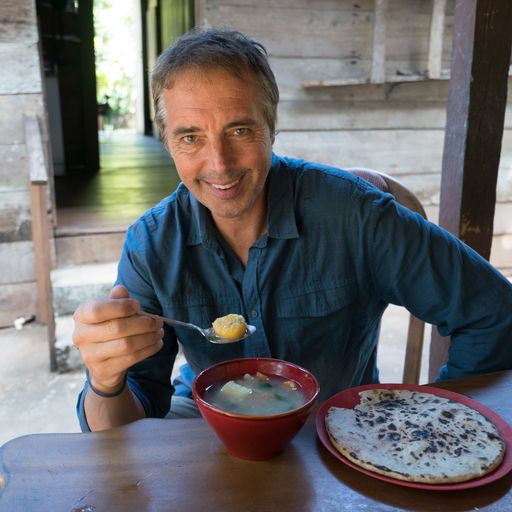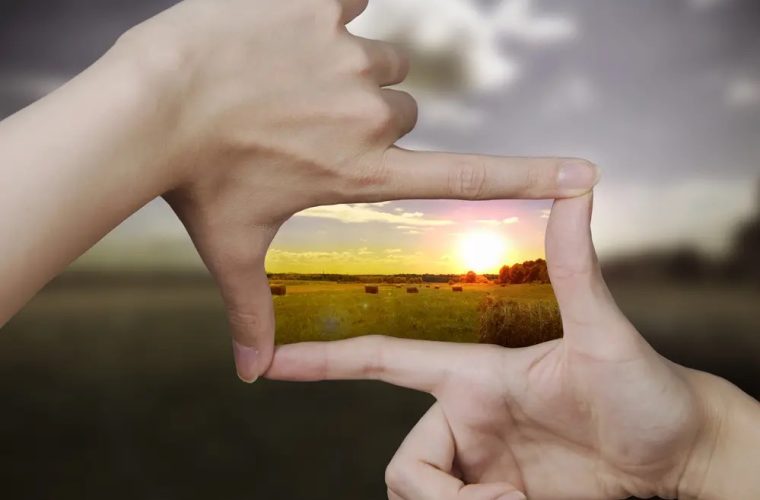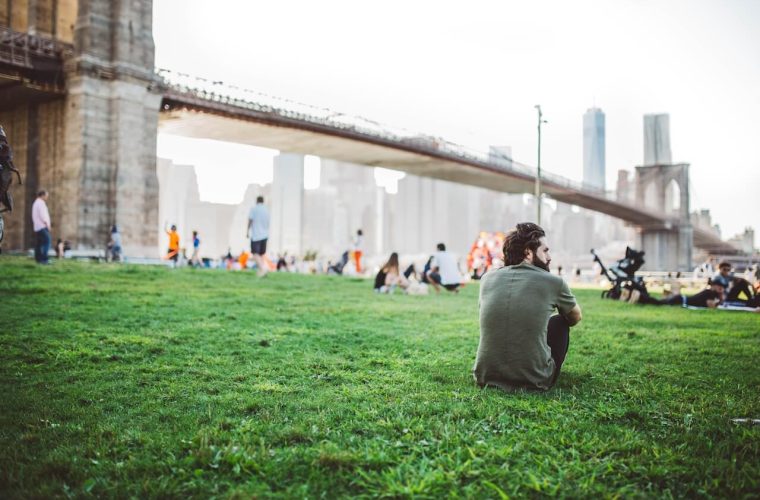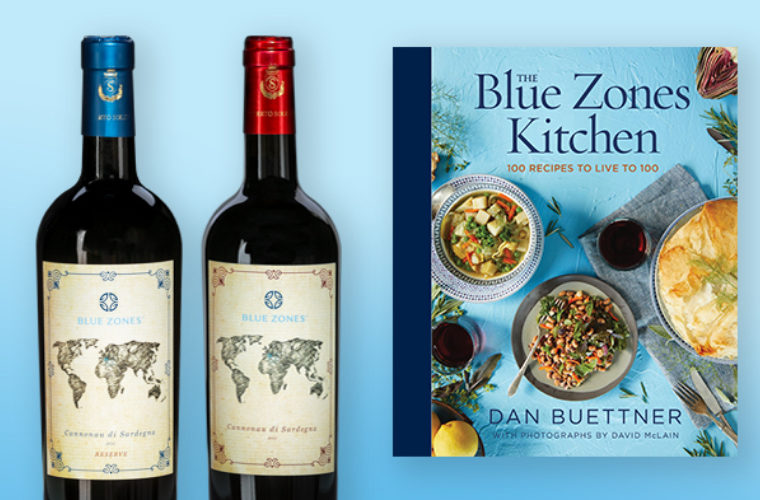1. Why did you write The Blue Zones Solution?
The first Blue Zones book reveals the lessons from the world’s longest-lived people. This book takes the science a step farther to reveal what individuals can do in their own lives and communities. The first book was the “what” of longevity; Solutions is the “how.”
2. Why so much emphasis on food?
While working in the blue zones areas, I found that having a strong sense of purpose, a circle of healthy friends and living in walkable neighborhoods are all as important as a good diet. But I also realized that food is the entrance ramp for better living. So, I started this book by distilling all of the diets of longest-lived people into one über diet of sorts. It’s a good place to start.
3. What is the world’s healthiest diet?
I lay it out in the book. But I can tell you that the longest-lived are getting 95 percent of their calories from plants and only 5 percent from animal products. Contrary to what the paleo or Atkins diet says, these folks actually eat a high carb diet. About 65 percent of their diet is whole grains, beans, and starchy tubers. No matter where you go, the snack of choice is nuts. People who eat nuts live two to three years longer than non-nut eaters. But remember, they are moving all the time, not sitting at desks, in cars, or watching TV.
4. Is there any such thing as a ‘longevity food’?
Yes and no. There’s no one food that is going to assure you’ll live longer or healthier; it’s about the combination. In the blue zone of Costa Rica, we found almost the perfect food combination in corn, beans, and squash — these three provide all the proteins necessary for life. In Okinawa, sweet potatoes — high in beta-carotene — fueled centenarians for nearly half of their lives. And in Sardinia, a sourdough bread, leavened with lactobacillus, actually lowers insulin response to a meal.
5. What do they drink in the blue zones?
Easy: Clean water is the best longevity beverage on Earth. The Adventists believe you should drink seven glasses a day — which can keep your arteries flowing better and organs functioning higher. We also found that herbal and green teas probably have a strong longevity claim. And yes, a glass or two of red wine — especially when consumed with a blue zones, plant-based meal — is a good idea for most people.
6. What if I don’t want to live to be 100?
I think you would feel differently if you could be as active and vibrant as Marge Jetton in Loma Linda, California. At 100 she walks a mile before breakfast, rides six to eight miles on her stationery bike in the afternoon and volunteers every day. She is living large. A big part of living like those in the blue zones is having a sense of purpose. If you are healthy and feel valued, 100 will feel like 70.
7. Haven’t we moved too far from the simplicity of life in the blue zones?
People in America are longing for both health and connection. We are showing the way in the 24 communities where we have Blue Zones Projects®. The people there are initiating potluck moais, walking school buses, active community events and improving walking and biking trails. Staying healthy is a group effort. We all need to support one another.
8. Most diets fail; why do you think the blue zones diet will work?
First, it’s credible. This is what 100-year-olds in the blue zones eat. Second, it doesn’t require that you sacrifice anything. The average American eats about 1,100 meals a year. The book will help you make 1,000 of those meals mindful and delicious. The other 100 meals are for celebrations. Just as they do in the blue zones, you can eat what you want two days of the week.
9. What else?
You need three things if you want to live a long, healthy life: credible information, practical advice, and an environment that makes the healthy choice the easy choice, or better yet, unavoidable.





